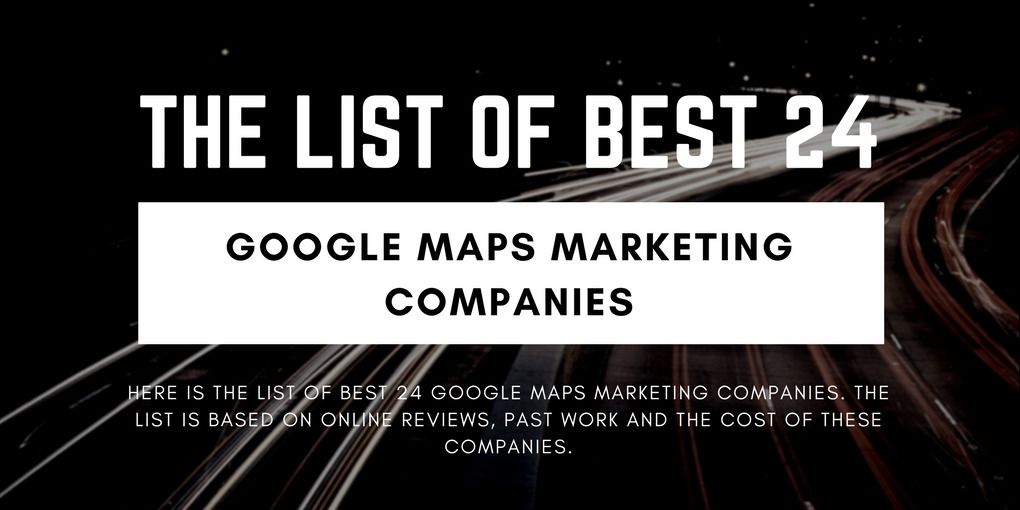

Will the Internet of Things change our world?
The first Internet appliance that was experimented on was a coke machine at the Carnegie Melon University in the early 1980's.
Friday May 06, 2016,
5 min Read
The programmes could effectively connect to the coke machine through the internet,check the status of the machine and find out whether they could get a cold drink or not. Based on that they could also decide whether they would go all the way to the machine or not to fetch a cold drink.Adventurous! Epoch making! Isn’t it? You may feel that it is indeed a technological marvel but what use does it have. Today this experiment and the success of it is the basis of the smart homes and Smart Cities. The technology is named as Internet of Things.
We know you are becoming curious. We will explain this in a better manner rather than beating around the bush. We all know that the computers today are the sources of information and thus it gave birth to the internet which is the communication highway and the store house of information. But these computers cannot generate information on their own but they are mainly dependent on the humans on the supply of information. When the internet was created there was roughly 50 petabytes of information stored in the servers. Just think about it when the first net browser or the early internet users were browsing the internet through Mosaic or the Netscape which were the early day’s popular browsers. These were released nearly in 1993, a little above twenty years ago. But now we have the cloud of information and the cloud technology which can be said to consist of 4000 Exabytes of information. (1024 Megabytes = 1 Gigabyte| 1024 Gigabyte = 1 Terrabyte| 1024 Terrabyte = 1 Petabyte| 1024 Petabyte = 1 Exabyte)
Exabyte is not usually quoted in everyday conversation. Let us give you an idea of the volume of information we are referring to. Four thousand Exabytes is roughly equivalent to a stack of books from where you are sitting to the planet Pluto and back multiplied by eighty. We can very easily see that how the internet has changed our lives with the smart phones and the hand devices with internet access. It has changed our lives drastically and today from every corner of the earth, information can be sent through the smart phone and any information or video can go viral on the internet creating a revolution. So till now what we have seen is that humans today are connected to the internet by their hand held devices and the computers at the max. Internet of Things is just the next step.
What is Internet of Things?
Internet of Things is the information exchange between not only humans but the things and the inanimate objects too. You are probably still not clear about what we are hinting. We will explain it to you. The problem faced by the information gathering is that humans are limited in collection of information and collating it. They are not accurate and they are not timely in providing data. What if the things and the resources itself could generate and distribute data about themselves and the status of the usage. Then we would easily find out when the things and the resources needs a replacement or a repair or even a digital understanding about the freshness and usability of perishable things.
Due to the huge increase in the IP addresses and due to the IPv6 technology there is a drastic increase in the address space which opened the doors for the technological advancement of IoT. According to the scientists an IPv6 address could be assigned to every atom on the surface of the globe and will still be left with as many addresses to be assigned to 100 plus such planets like earth. This means that there is lot of address space for the humans to assign to every object on this planet. These will be the smart nodes and the source from where the information will come. But when we say things and objects IP addresses will be or can be assigned to any object or thing like buildings, goods, houses, animals, chairs, tables, doors and any object that you encounter in your daily lives. Well, if you understand this the next obvious question that can pop up in your minds is how will we sense the information and transmit it.
How does it work?
Let us take an example of a chair. From another continent if you want to know who is sitting on the chair in your room it is possible through the technology of Internet of Things (IoT). As we discussed that IPv6 technology enables unlimited assignment of IP addresses, one such IP address can be easily assigned to the chair. The next task is to give it the senses like the five senses that humans have. With today’s technology it is possible to attach the sensors to it so that the sense of touch, smell, taste, sound and vision are available to it. These can easily be done by attaching the sensors and the camera. Suppose if we want to know who is sitting on the chair we can easily do it by attaching a weight or a pressure sensor on the seat. This will tell us whether someone is sitting on it or not. To know who is sitting on it, we just need to put a detagging sensor to decipher the code of the tag the person has. So from this we will get to know who the person is who is sitting on the chair from any corner of the world.




